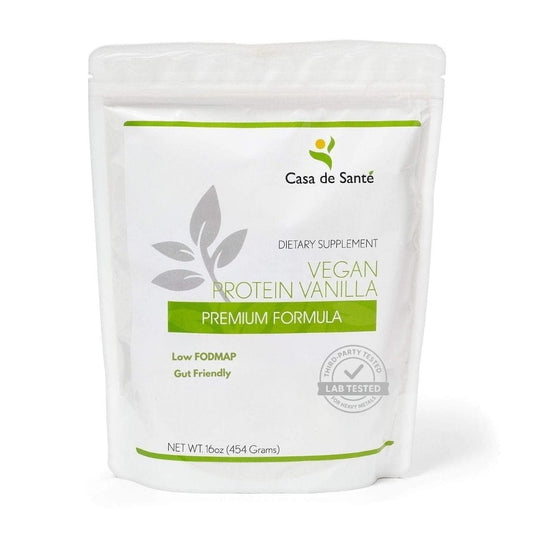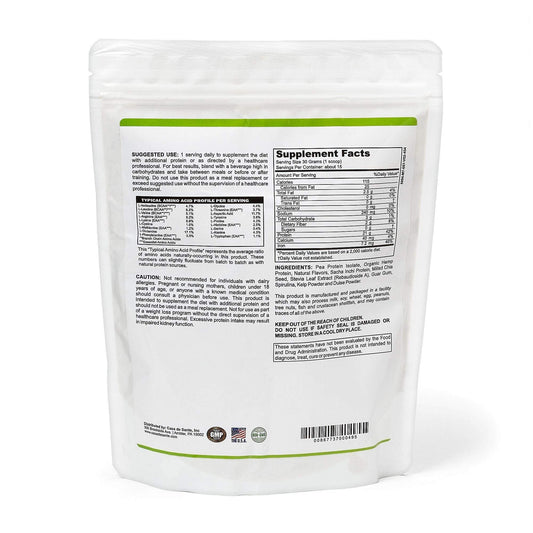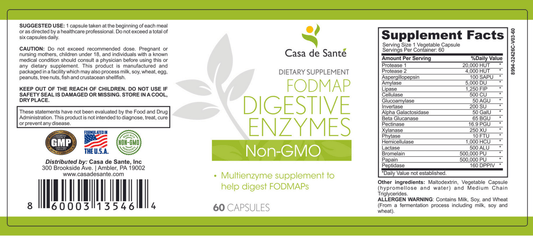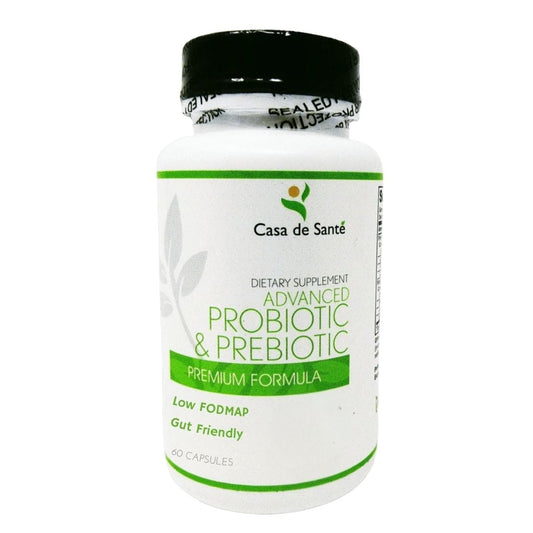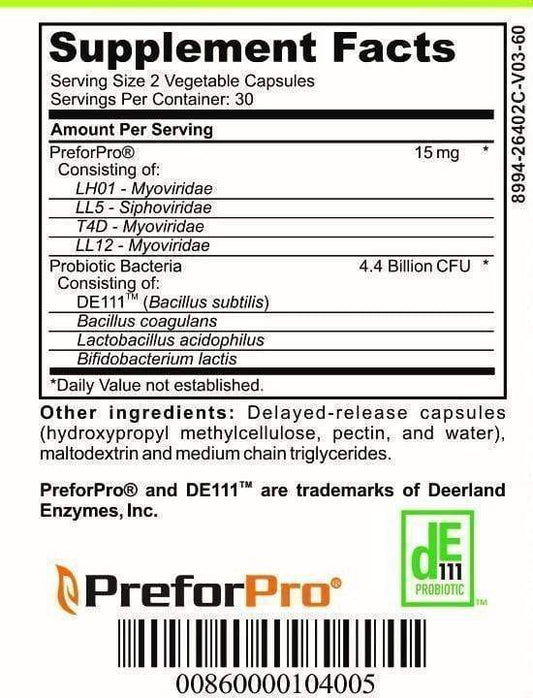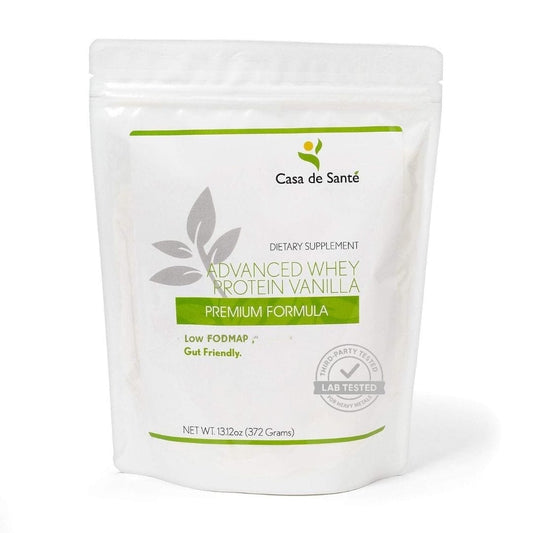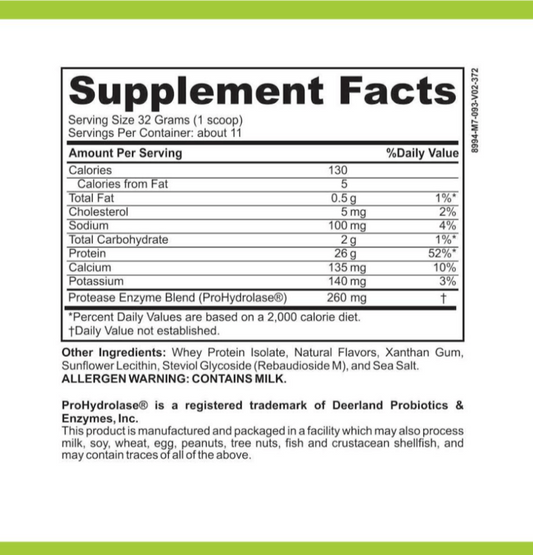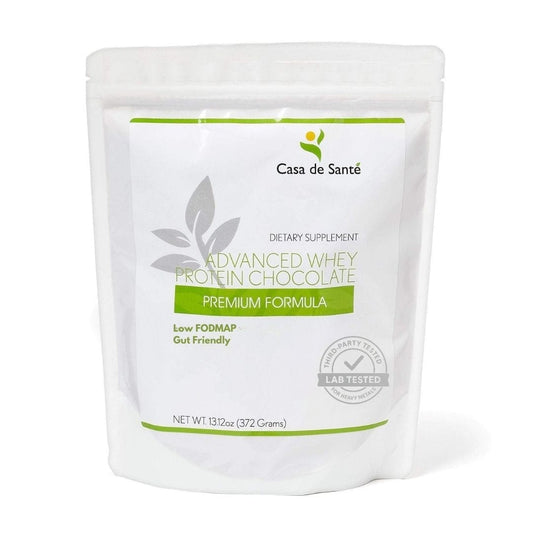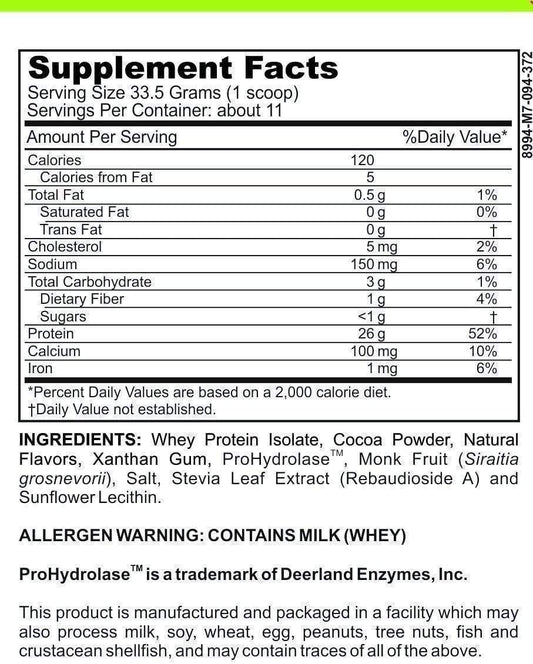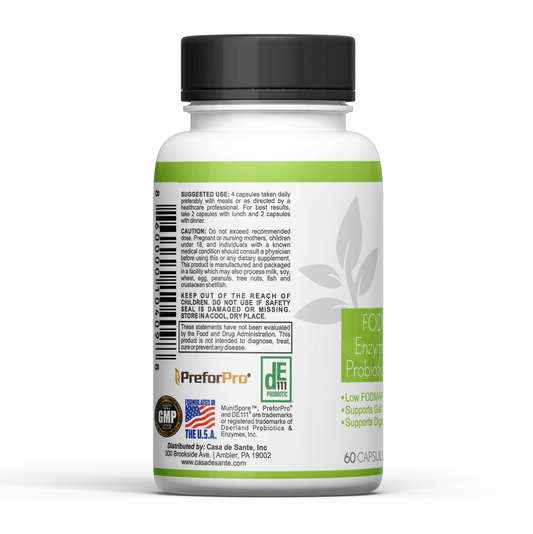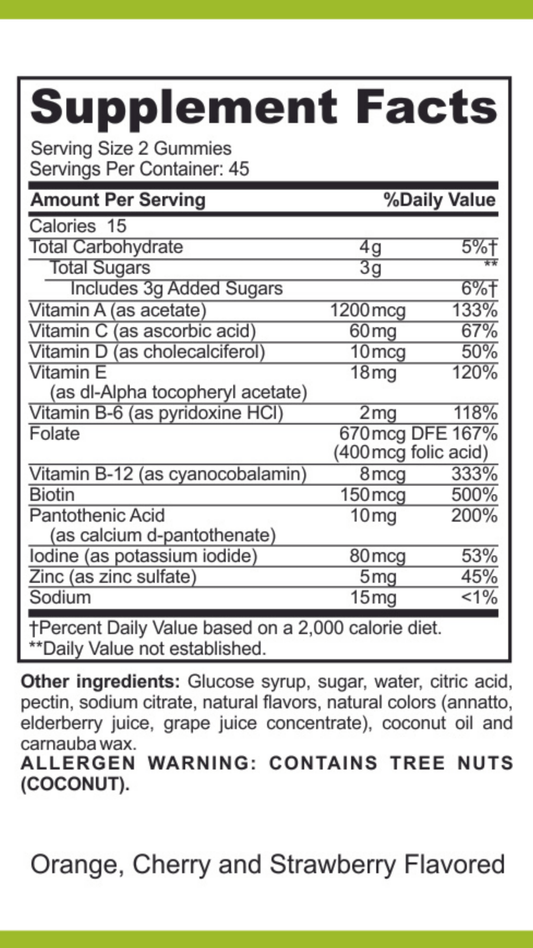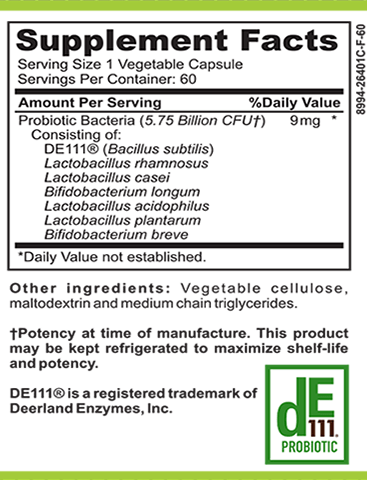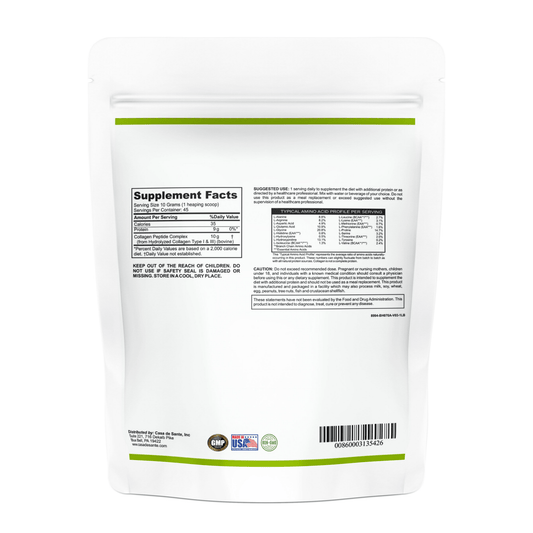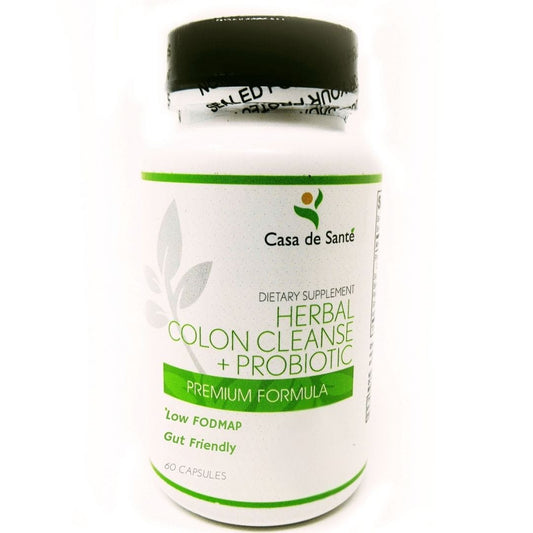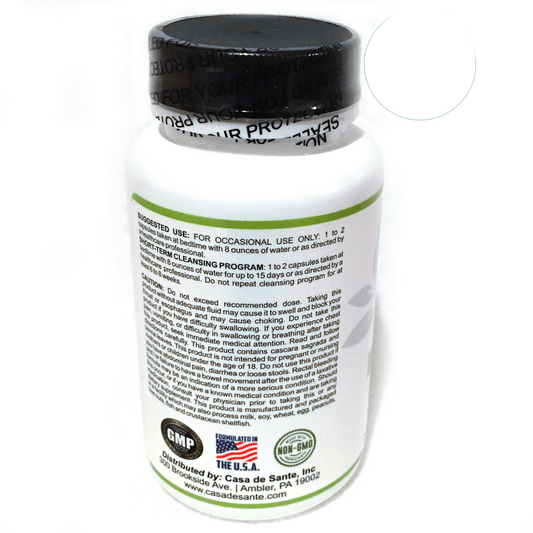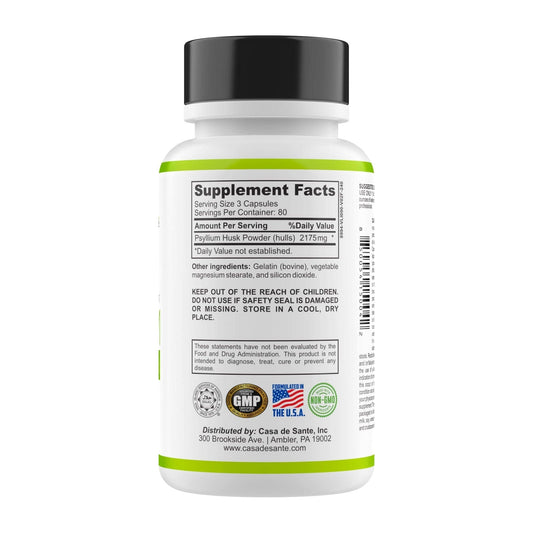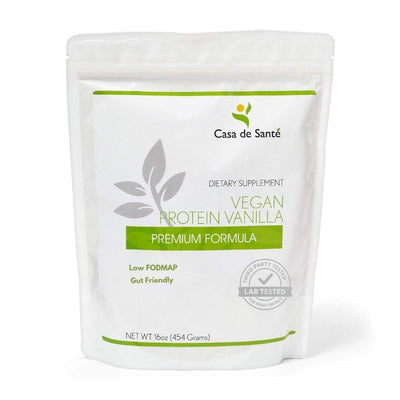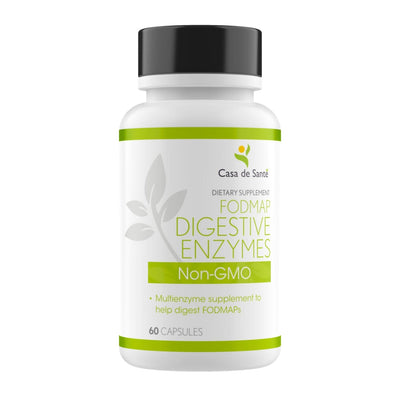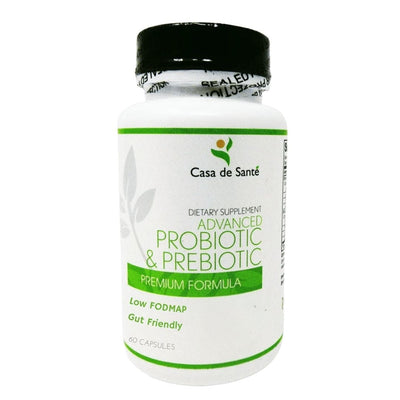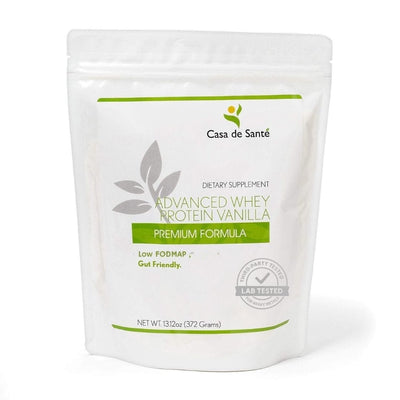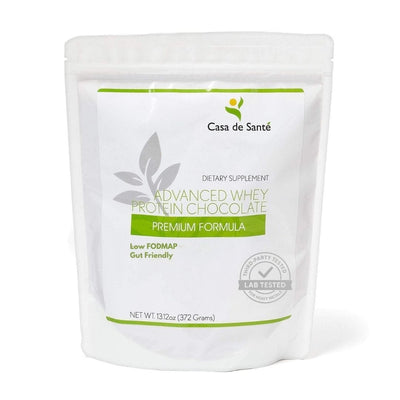Can You Make Whipped Cream with Almond Milk?
Can You Make Whipped Cream with Almond Milk?
Whipped cream is a beloved topping for desserts, adding a rich and creamy texture to dishes like pies, cakes, and hot beverages. It is traditionally made from heavy cream, which is whipped until it becomes light and fluffy. But what if you want to enjoy the lusciousness of whipped cream while avoiding dairy? Can you make whipped cream with almond milk?
Understanding the Basics of Whipped Cream
Whipped cream is a culinary delight that results from incorporating air into heavy cream. The process of whipping cream causes the fat globules to surround the air bubbles, creating a light and fluffy texture. Traditional whipped cream is sweetened with sugar and sometimes flavored with vanilla extract.
Whipped cream is a versatile topping that can be used in a variety of desserts and beverages. Its creamy and airy texture adds a delightful touch to pies, cakes, hot cocoa, and even fresh fruits. Whether you're indulging in a slice of strawberry shortcake or enjoying a cup of hot chocolate on a chilly winter evening, whipped cream is the perfect accompaniment to enhance the overall taste and presentation.
What is Whipped Cream?
Whipped cream, also known as Chantilly cream, is a classic dessert topping that has been enjoyed for centuries. It is made by whipping heavy cream until it reaches a fluffy consistency. The process of whipping incorporates air into the cream, which transforms its texture from liquid to light and airy.
Whipped cream is a staple in many dessert recipes and is often used to add a touch of elegance and indulgence. Its smooth and creamy texture complements a wide range of flavors, making it a versatile ingredient in both sweet and savory dishes. From topping off a slice of pumpkin pie to garnishing a bowl of fresh berries, whipped cream adds a luxurious finish to any culinary creation.
Traditional Ingredients in Whipped Cream
To make traditional whipped cream, you will need heavy cream, sugar, and vanilla extract. The fat content of the heavy cream is essential for achieving the desired texture. The sugar adds sweetness, while the vanilla extract provides a pleasant aroma and flavor.
Heavy cream, also known as whipping cream, is a rich dairy product that contains a high percentage of milk fat. The fat content of the cream plays a crucial role in creating the light and fluffy texture of whipped cream. When the cream is whipped, the fat globules surround the air bubbles, resulting in a stable foam that holds its shape.
Sugar is a common sweetener used in whipped cream to enhance its flavor. The addition of sugar not only adds sweetness but also helps stabilize the whipped cream, allowing it to maintain its texture for a longer period. Depending on personal preference, the amount of sugar can be adjusted to achieve the desired level of sweetness.
Vanilla extract is often used to flavor whipped cream, adding a subtle and aromatic taste. The extract is derived from vanilla beans, which are soaked in alcohol to extract the natural flavors. The addition of vanilla extract enhances the overall taste profile of whipped cream, making it more enjoyable and satisfying.
While heavy cream, sugar, and vanilla extract are the traditional ingredients used in whipped cream, there are variations that incorporate other flavors and ingredients. For example, chocolate whipped cream can be made by adding cocoa powder or melted chocolate to the mixture. Mint extract or peppermint oil can be used to create a refreshing mint-flavored whipped cream. The possibilities are endless, allowing for creative experimentation and customization to suit individual preferences.
The Rise of Almond Milk
The rise of almond milk as a popular dairy-free alternative to milk has been remarkable. With its creamy texture and nutty flavor, almond milk has captivated the taste buds of many individuals seeking a non-dairy option. But what exactly makes almond milk so special?
Health Benefits of Almond Milk
Aside from its delectable taste, almond milk offers a variety of health benefits. Firstly, it is naturally lactose-free, making it an excellent choice for those with lactose intolerance. This means that individuals who experience discomfort or digestive issues after consuming dairy products can enjoy almond milk without any worries.
Furthermore, almond milk is significantly lower in calories and fat compared to traditional dairy milk. This makes it a favorable option for individuals who are watching their weight or aiming to reduce their calorie intake. Additionally, almond milk is cholesterol-free, making it heart-healthy and ideal for those concerned about their cardiovascular health.
Moreover, almond milk is a rich source of vitamins and minerals. It contains vitamin E, which is an antioxidant that helps protect the body's cells from damage caused by free radicals. Additionally, almond milk provides essential minerals such as calcium, magnesium, and potassium, which are vital for maintaining strong bones and supporting overall bodily functions.
How Almond Milk is Made
Curious about the process behind almond milk production? Let's delve into the fascinating journey from almond to milk.
The first step in making almond milk involves soaking the almonds in water overnight. This soaking process softens the almonds, making them easier to blend and extract their creamy goodness. The water not only softens the almonds but also enhances their natural flavors, resulting in a more aromatic and flavorful milk.
Once the almonds have been adequately soaked, they are blended with fresh water until a smooth and creamy consistency is achieved. This blending process ensures that every drop of almond essence is extracted, creating a rich and luscious milk base.
Finally, the mixture undergoes a straining process to separate the almond pulp from the liquid. This step is crucial in achieving the desired smoothness and texture of almond milk. The strained liquid is what we commonly know as almond milk, a velvety and versatile beverage that can be enjoyed on its own, added to coffee or tea, or used in various culinary creations.
So, the next time you pour yourself a glass of almond milk, take a moment to appreciate the intricate process that transforms humble almonds into a delicious and nutritious dairy alternative.
Can Almond Milk Replace Dairy in Whipped Cream?
Whipping cream is a delightful and versatile ingredient that adds a creamy and luxurious touch to many desserts. However, for those who are lactose-intolerant or follow a vegan lifestyle, finding a suitable alternative can be a game-changer. Almond milk, with its smooth texture and nutty flavor, seems like a promising candidate. But can it really replace dairy in whipped cream?
The Science Behind Whipping Cream
Before we dive into the challenges of whipping almond milk, let's understand the science behind traditional whipped cream. The secret lies in the fat content. Whipping cream contains a high percentage of fat, usually around 30% or more. This fat is essential for creating a stable foam.
When you whip cream, the fat globules in the cream surround the air bubbles, preventing them from escaping and causing the cream to collapse. This creates a light and fluffy texture that we all love. The fat acts as a stabilizer, giving the whipped cream structure and preventing it from deflating.
Challenges with Whipping Almond Milk
Now, let's talk about the challenges of using almond milk as a substitute for dairy in whipped cream. Almond milk, while a popular dairy alternative, has a significantly lower fat content compared to whipping cream. Most almond milk varieties contain only around 2-3% fat, making it challenging to achieve the same light and fluffy consistency.
Due to its lower fat content, almond milk lacks the necessary structure to hold air bubbles and maintain a whipped cream texture. As a result, when you attempt to whip almond milk, you may find that it doesn't hold its shape and quickly deflates. It can be quite disappointing, especially if you were expecting a luscious and airy whipped topping for your dessert.
Another factor that complicates the whipping process is the presence of natural emulsifiers in almond milk. These emulsifiers, such as lecithin, help bind the fat and water molecules together, giving almond milk its smooth texture. However, when it comes to whipping, these emulsifiers interfere with the stability of the foam, making it even more challenging to achieve the desired consistency.
Despite these challenges, some creative home cooks and chefs have experimented with various techniques to whip almond milk successfully. Some have found that adding stabilizers like agar-agar or xanthan gum can help improve the texture and stability of whipped almond milk. Others have tried chilling the almond milk and using a high-powered blender or stand mixer to incorporate more air into the mixture.
While these methods may yield some degree of success, it's important to note that the resulting whipped almond milk may not have the exact same taste and texture as traditional whipped cream. It may have a slightly nutty flavor and a denser consistency. However, if you're open to exploring new flavors and textures, whipped almond milk can still be a delightful addition to your desserts.
So, while almond milk may not be a perfect replacement for dairy in whipped cream, it can still offer a delicious alternative for those with dietary restrictions or preferences. With a little experimentation and creativity, you can discover new and exciting ways to enjoy the creamy goodness of whipped almond milk.
Successful Techniques for Making Almond Milk Whipped Cream
Necessary Tools and Ingredients
To make almond milk whipped cream, you will need chilled almond milk, a mixing bowl, a whisk or electric mixer, and a sweetener of your choice. It is important to chill the almond milk before whipping to increase its viscosity and improve the chances of successful whipping.
Step-by-Step Guide
1. Chill the almond milk in the refrigerator for a few hours or overnight. Cold almond milk will improve the stability of the whipped cream.
2. Pour the chilled almond milk into a mixing bowl. Add your desired sweetener and any additional flavorings, such as vanilla extract or almond extract.
3. Begin whipping the almond milk using a whisk or electric mixer. Start at a low speed and gradually increase the speed as the mixture thickens.
4. Continue whipping until the almond milk forms soft peaks. Be careful not to over-whip, as this can cause the whipped cream to become grainy.
5. Once the desired consistency is achieved, use the almond milk whipped cream immediately as a topping for your favorite desserts.
Tips and Tricks for Perfect Almond Milk Whipped Cream
Choosing the Right Almond Milk
Not all almond milks are created equal when it comes to whipping. Look for almond milk brands that specifically state they are suitable for frothing or whipping. These types of almond milk usually contain a higher fat content, which helps to improve the stability of the whipped cream.
Troubleshooting Common Issues
If your almond milk whipped cream does not hold its shape or becomes watery, try adding a stabilizer such as cream of tartar or agar agar powder. These ingredients can help improve the structure of the whipped cream and prevent it from deflating.
Remember, almond milk whipped cream may not have the exact taste and texture of traditional whipped cream. Embrace its unique qualities and enjoy it as a delightful dairy-free alternative.
In conclusion, while making whipped cream with almond milk is not as straightforward as with heavy cream, it is indeed possible. By understanding the science behind whipping cream, using the right techniques, and choosing the appropriate almond milk, you can enjoy a dairy-free whipped cream that adds a flavorful and creamy touch to your desserts.
